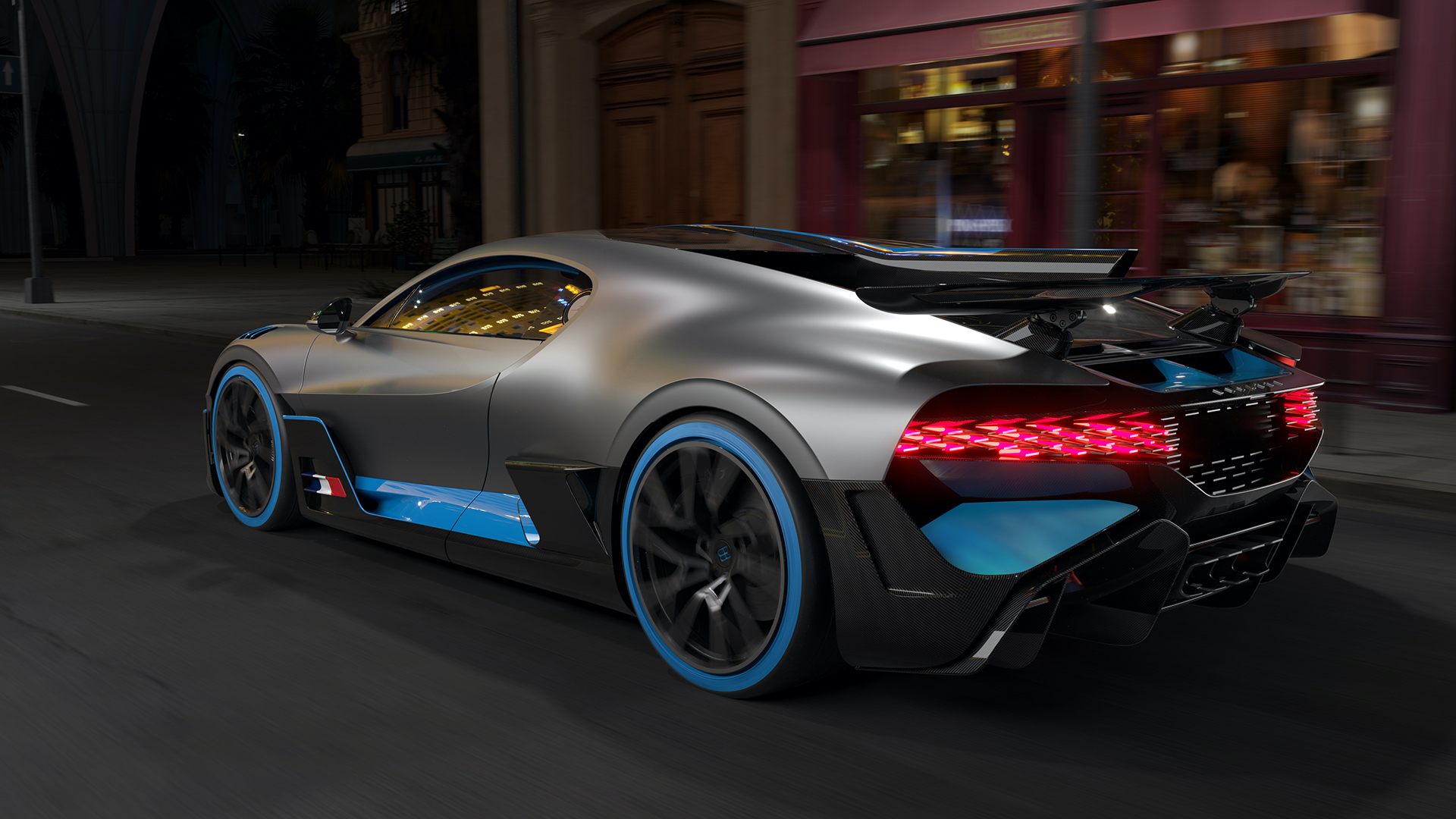

Superstar automotive designer Frank Stephenson recently talked about how computers take away the human touch during a car’s design process. Both of his fastest creations to date, the Maserati MC12 and the McLaren P1 were made the old-fashioned way: pen and paper, 1:4 scale clay model, and one full-size clay model. In light of Bugatti’s announcements of its switch to completely virtual design, I decided to ask Stephenson for his opinion in more detail. And he’s not a fan.
During a recent Q&A session held to celebrate the culmination of his latest YouTube series, one which we’ve covered in-depth, I took the opportunity to ask him to elaborate on Bugatti’s purely virtual design and the level of efficiency it can bring to the table.
“Hats off to them. I just would never buy one of those cars, because it is completely in contrast with the way I think design should be approached,” said Stephenson. “Obviously, we need to use computers in this day of age. We would be foolish not to, but we don’t want computers to take over the design process. What they are actually doing…believe it or not, is a fact: computers can design cars.”
“What they can’t measure is the human factor, the human feeling of designing that product. And that is something that comes individually from who is designing that vehicle. It’s almost as if the design is the person designing it. It’s his/her genetic connection and emotions in that design,” he added.

While the Stephenson-designed McLaren P1 came out in 2013, Bugatti has been deep into virtual design processes and photorealistic 3D animations since 2016. The Volkswagen Group’s flagship brand claims that half of the Bugatti Chiron’s design program was already done digitally, and this share increased to 90% for the Divo. Unsurprisingly, Bugatti’s Director of CAD and Visualization Ahmet Daggün is very enthusiastic about their rate of progress behind those screens.
“With the Divo, we proved for the first time that we could use the digital design process to develop a breathtaking shape into an extraordinary vehicle that is ready for the prototype stage within just a few months,” explained Daggün in a press release.
Of course, the Divo wouldn’t have been possible within such a short timeframe using traditional clay models. Bugatti claims that favoring computers cuts the design time in half, but also slashes costs approximately by 25 percent. This improved efficiency may be in line with the Molsheim factory’s plan to launch a wider range of products, yet one must wonder how its customers feel about Bugatti speeding up its processes to save money, given the fact that some of its special edition hypercars costs around $9 million a pop.
“A computer can be sterile, very analytical, but it doesn’t bring in the emotional side of the design,” explained Stephenson. “I don’t like that look. I understand the requirement for speed and efficiency, but if I was running the design program, I’d always emphasize to leave the computers, the 3D modeling, all that to the very, very last minute.”





While Bugatti’s team makes the most of the rapid improvement of VR data goggles, Frank Stephenson still believes that the human touch is invaluable for automotive design. He’s even decided to auction off the sketches from his YouTube series—and even better, do so for charity.
“I think the human touch in design is absolutely critical and invaluable. It’s like the human brain,” Stephenson added. “It can not be improved on by a machine. You can have it done faster, figure out things faster, or try more options, but the actual stimulus, the inspiration, the emotional value of the design does not come from a computer.”
“I’ll be following Bugatti’s progress closely, but I’d never recommend using computers early on in a design program,” he concluded.




Lastly, after my turn during the Q&A, Stephenson was asked whether his successors at BMW did a good job with the Mini (also Stephenson’s original design), to which he quickly answered: “no.”

Got a tip? Send us a note: tips@thedrive.com